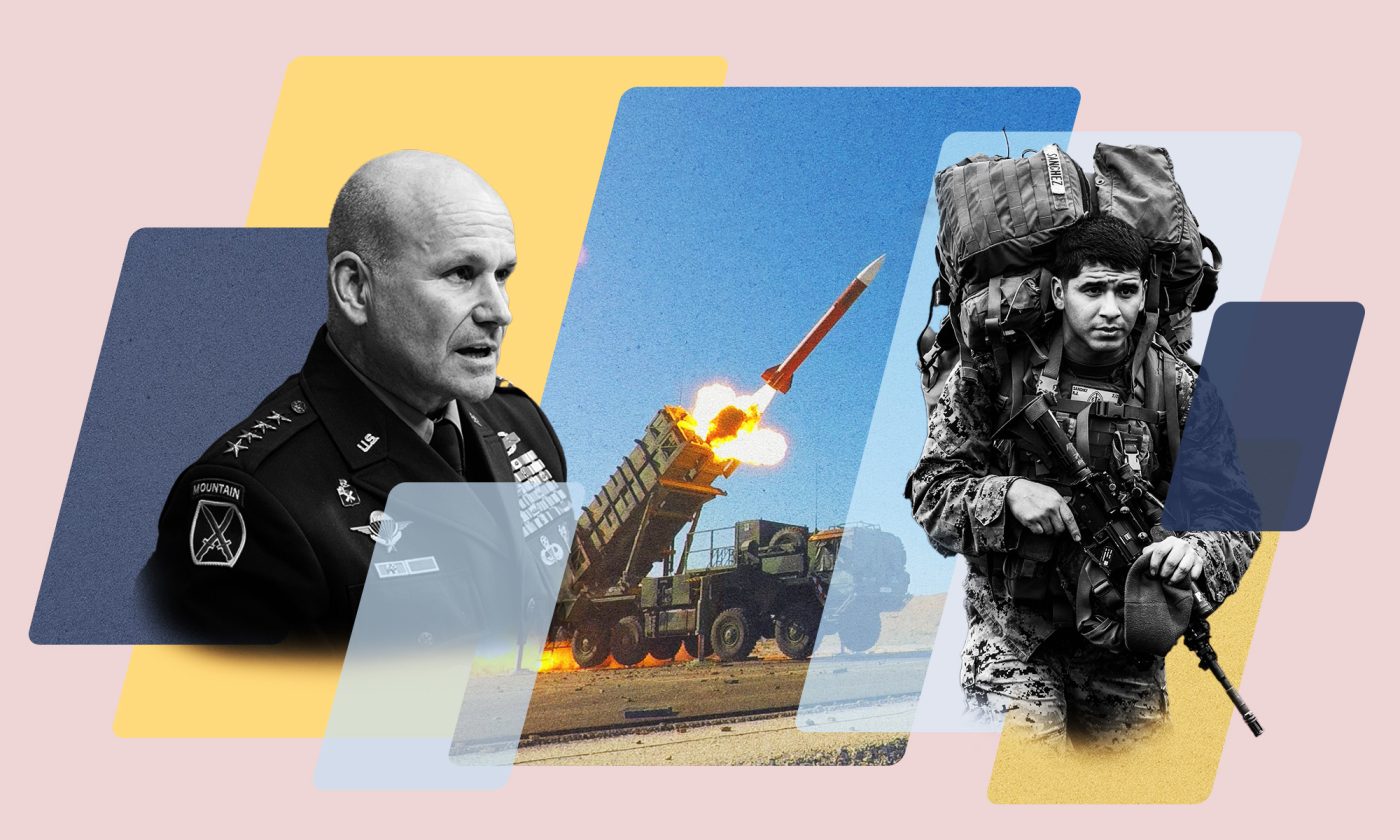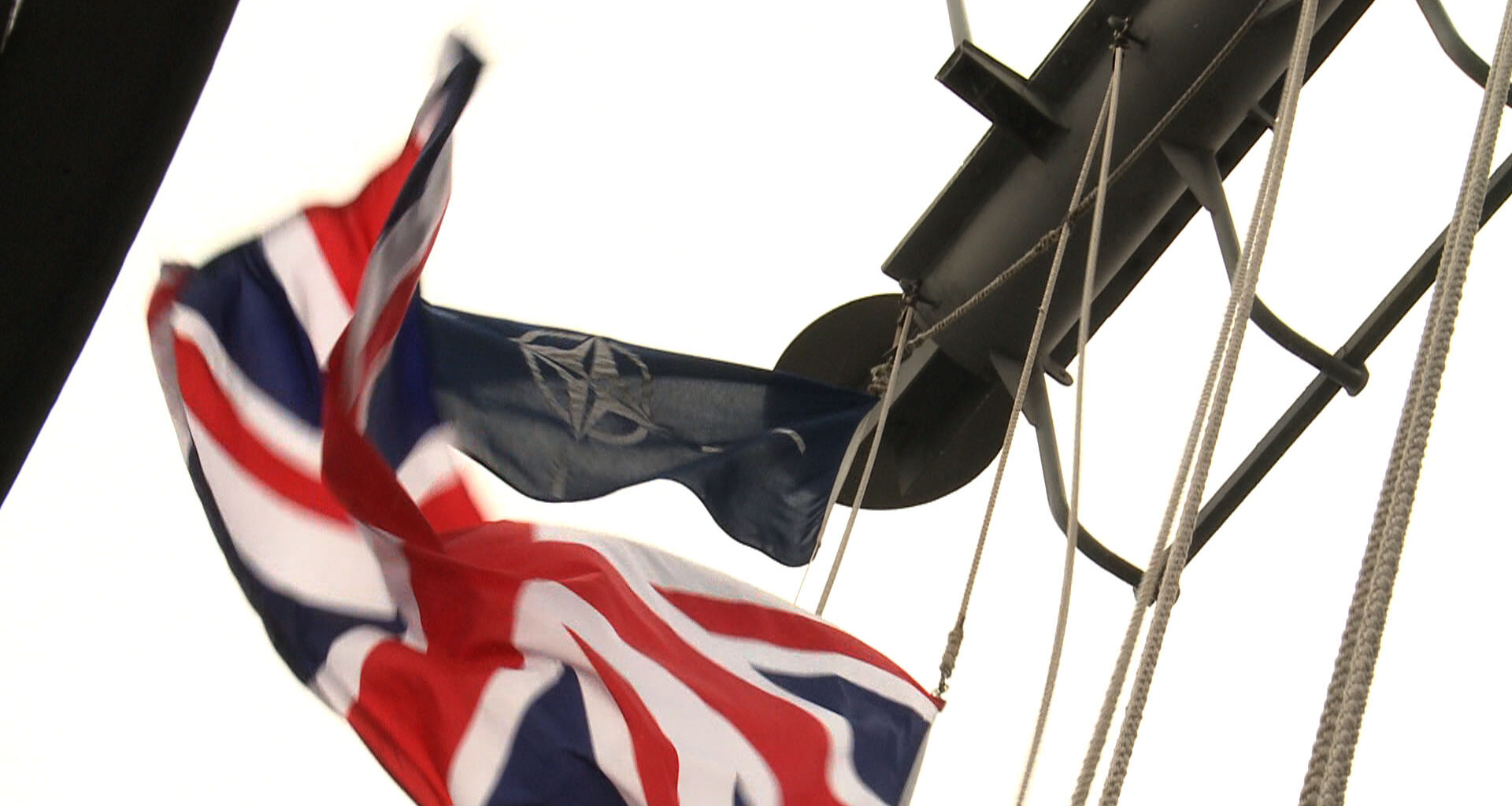Britain and Europe face the daunting task of rearming from a low post-Cold War base to a level that can both replace the US commitment to NATO and provide a credible security guarantee to Ukraine.
It is, of course, not yet certain that the US will withdraw its security commitment to Europe. But as Friedrich Merz made clear after his election victory on February 23, the continent must now assume it’s on its own. Given the outsized US contribution of forces and its all-pervasive leadership role in the alliance, the change will require Britain, France, and Germany to craft a new united leadership cadre to deliver unambiguous command and control and ensure fair and rational burden-sharing within the new alliance.
They will also need to extend the European security guarantee elsewhere; perhaps to include Canada, Greenland, Iceland, and maybe also Turkey and Ukraine, and cost-effectively replace the American military assets on which the alliance has depended from their own industrial base.
Analysts from the Kiel Institute for the World Economy and the Bruegel think tank suggest Europe would require an additional 300,000 troops to bolster its defenses if the US exits NATO. This figure aligns with the need to replace US personnel currently stationed in Europe — around 80,000 — while also expanding capacity to deter the threat from Russia and sustain a 30,000-strong security force inside Ukraine.
They also estimate an annual defense spending increase of €250bn (about $265bn) to fund not just manpower but also equipment, training, and infrastructure. For context, NATO’s European members collectively spent roughly €360bn on defense last year, so this represents a major increase — pushing spending toward 4% of GDP in the UK.
This is much higher than Prime Minister Keir Starmer’s February 25 pledge to raise spending by 0.2% of GDP to a total of 2.5% by 2027. It may mean there are no further, immediate cuts to UK defense, but it will not enable the urgent rise in numbers and capabilities now needed unless further increases follow swiftly in its wake.
Assuming an effective plan for burden sharing and command and control can be crafted by Starmer with Europe and Canada, the obvious British contributions would be these:
- military leadership in the North Atlantic and High North, including the critical Greenland-Iceland-UK gap through which Russian submarines must pass to reach the Atlantic
- provision of strategic enablers and logistics capabilities to the alliance as a whole
- enhanced UK-based air defense and long-range strike combat power
- a rapid-response strategic reserve expeditionary land force, which can initially lead the security mission inside Ukraine, and
- last but not least, a Lord Beaverbrook program (named after the Canadian press baron who oversaw UK air production under Churchill) to harness UK industry to the task of doubling the size of British and European armed forces in five-10 years, and using that investment to drive industrial and tech sector growth.
Get the Latest
Sign up to receive regular emails and stay informed about CEPA’s work.
Britain and France’s nuclear deterrents will need to be expanded to provide an umbrella for the European alliance.
UK nuclear weapons and submarine technology development is shared with the US via the UK-US Mutual Defence Agreement, which was extended indefinitely in November by the Biden administration. If the MDA came under threat, then the UK would need to turn to joint development of future strategic delivery systems with France.
Both the UK and France will also need to build 100-200 new warheads to replace the B61 tactical nuclear weapons held in Europe by the US Air Force, and the planned deployment of Tomahawk land attack missiles to Germany.
Building on the Joint Expeditionary Force (JEF), Britain should take leadership for the alliance in the North Atlantic and High North, creating an antisubmarine barrier along the Greenland-Iceland-UK-Gap, and providing naval, littoral, mountain, and arctic trained land and air forces with Nordic allies to provide a deterrent to Russia.
This will require 20-30 new destroyers and frigates (13 are currently on order), and five to six nuclear- and non-nuclear powered submarines to be built by Europe in the next 10 years, of which around a third should be for the Royal Navy, in addition to specialist uncrewed vehicles for subsea and anti-submarine operations, more maritime patrol aircraft, helicopters and surveillance drones.
With European partners, the UK should also provide additional logistics and strategic enablers to NATO to cover the shortfall over the next decade. The US currently supplies around 75% of this capacity to NATO in Europe. This should include 50-100 transport aircraft, a robust network of 10-20 surveillance and communications satellites, 20-30 inflight refueling tankers, and 10-20 airborne radar platforms (the RAF currently has just three) as well as dozens of electronic warfare specialist aircraft and ground-based facilities, and a fleet of 10-20 naval sealift and fleet replenishment tankers.
Logistics also means replacing US transport vehicles and stockpiles of fuel, supplies, and ammunition in Europe. While much of this could be undertaken by other partners closer to the Eastern Border — especially Germany and Poland — the UK will need to ensure it has sufficient in place through JEF for its main area of operations on NATO’s northern flank.
One area that could be exploited is harnessing the capacity of UK airlines and commercial shipping to commandeer new aircraft and vessels as military auxiliaries. Conversion kits could be supplied to operators and air and merchant navy crews inducted as reservists.
Combat power: NATO will need 300-500 additional combat aircraft, including (potentially) the replacement of 200 or so F-35s currently in service or on order if they are no longer reliable because of political disputes with the US.
It requires hundreds of thousands of drones (Ukraine alone produced 1.2 million last year), 2,000 tanks and armored vehicles, and a similar number of artillery pieces and rocket systems.
The UK’s slice of this requirement would probably need to focus on combat aircraft, missiles, and drones, long-range and air defense artillery. The Royal Artillery has been stripped of weapons, either during cuts or for Ukraine — the number of functional long-range guns and anti-aircraft missile launchers are numbered in handfuls, leaving UK infrastructure vulnerable to missile and drone strikes and the British Army without fire support. Artillery barrel production is only now resuming after a decade-long hiatus.
The RAF needs more aircraft, cruise missiles, and drones to defend UK airspace and provide a credible conventional deterrent to Russian air power, and – if needed – contribute to air dominance over Ukraine. Currently, it has fewer than 150 combat aircraft.
For rapid response and as a strategic reserve the UK will need to be able to field and sustain a division as part of a NATO corps. Meeting this and JEF responsibilities will require an uplift from the current three usable combat brigades to five, together with a full range of expeditionary logistics, medical, artillery, aviation, reconnaissance, and communications capabilities.
The British Army is currently at its smallest since the Napoleonic War at about 75,000 troops. The UK probably needs to recruit an additional 30,000-50,000 full-time and reservist personnel for all three services over the next decade to meet its responsibilities as part of this uplift. These numbers are speculative but grounded in current gaps. NATO’s own planning is shifting toward Europe fielding a corps-sized force of 20,000-45,000 troops independently, a fraction of the 300,000 needed, but a starting point for rapid response.
Recruitment is hindered by Europe’s aging population, however, Britain would be wise to learn from the military reserve programs in Norway and Finland and well as finding synergies where elements of other civilian services in the UK could be trained as reservists and rapidly mobilized for national defense — this includes the National Health Service, Fire and Rescue Service, Coastguard, Border Force and police. This model could be extended to other commercial sectors such as airlines, merchant navy, trucking, distribution, IT, and construction companies.
Doubling spending and acquiring thousands of assets wouldn’t happen overnight —realistically, it will take five to 10 years, assuming that the political will is there and industrial capacity is ramped-up fast.
Russia’s 1.1 million active troops and ongoing militarization is daunting, but they have suffered grievous setbacks in Ukraine and will need time to recover.
If any one country could be credited with the NATO’s creation, it would be Britain. It understood in 1948, as it does now, that facing threats alone guarantees defeat. NATO’s demise would represent a national disaster, but that could be mitigated if its legacy is to provide the nexus of a new defense and security architecture that could hopefully include the US in some way.
But while Europe can defend itself without the US, we all face a perilous transition that needs to be rapid and will likely be fractious, costly, and high-risk.
James Fennell MBE, Fellow of the Royal Geographical Society, is an international peace and security expert and was Director of the UK FCDO’s flagship stabilization program in Ukraine from 2022-24. Since leaving the Royal Navy he has spent 30 years as a senior executive and government adviser on conflict and security policy in Africa, Asia, and the Middle East for FCDO and international organizations. In 2012 he was awarded an honorary research fellowship by the University of Birmingham in peace and security.
Europe’s Edge is CEPA’s online journal covering critical topics on the foreign policy docket across Europe and North America. All opinions expressed on Europe’s Edge are those of the author alone and may not represent those of the institutions they represent or the Center for European Policy Analysis. CEPA maintains a strict intellectual independence policy across all its projects and publications.

Military experts explain why US bases in Europe matter.
Europe’s Edge
CEPA’s online journal covering critical topics on the foreign policy docket across Europe and North America.
